Ghouls Are, Put Simply, Humans Suffering From Advanced, Prolonged Radiation Sickness And Whose Bodies
Ghouls are, put simply, humans suffering from advanced, prolonged radiation sickness and whose bodies have mutated such that gamma radiation extends their lifespan past natural limits.
The process of ghoulification is outlined in canon sources, but I wanted to make a guide that goes into more detail on the effects of radiation sickness in various cases, since the level and type of exposure significantly affects the outcome.
This is the first in what will be a series of posts exploring both real-life cases of radiation sickness and the sci-fi concept of ghoulification in some depth. Graphic descriptions of the physical deterioration of the body are included for informative purposes; reader discretion is advised.
For this first case study, I examine the effects on the human body of exposure to high levels of radiation in a short period of time, with a focus on the real case of Hisashi Ouchi.
On September 30, 1999, a lack of appropriate safety measures and the proper materials resulted in an accident that caused three workers at the nuclear power plant in Tōkai-mura, Japan, to suffer from severe radiation poisoning while purifying reactor fuel.
Point of Criticality
An uncontrolled fission reaction was produced when technicians poured nearly seven times the legal limit of uranium oxide into an improper vessel containing nitric acid. The men reported seeing a bright blue flash—indicative of Cherenkov radiation—when the mixture reached critical mass, flooding the room with radiation. The workers evacuated to the decontamination room, but already, the two who had been handling the reactive solution were overcome with intense pain from radiation burns, severe nausea, and difficulty breathing. Hisashi Ouchi, who suffered the highest level of exposure, also experienced rapid difficulties with mobility and coherence. Upon reaching the decontamination room, he vomited and fell unconscious.
~1 Hour Post-Exposure
Ouchi regained consciousness in the hospital about 70 minutes after the criticality accident, where doctors confirmed that he had been exposed to high doses of gamma, neutron, and other radiation.
The maximum allowable annual dose of radiation for nuclear technicians in Japan was 50 millisieverts. Exposure to more than 7 sieverts is considered fatal. Yutaka Yokokawa, the supervisor, had received 3 sieverts. The technicians who had been handling the uranium, Masato Shinohara and Hisashi Ouchi, received 10 sieverts and 17 sieverts, respectively.
~1 Day+ Post-Exposure
During the first few days in the ICU, Ouchi appeared to be in remarkably good condition, given the circumstances: the skin of his face and right hand was slightly red, as if by a sunburn, and swollen. His eyes were bloodshot, and he reported pain under his ear and right hand, which had received the most direct exposure, but he could speak normally, and he joked with the doctors and nurses attending to him.
6 Days Post-Exposure
Tests revealed that the high energy radiation that Ouchi had been exposed to had obliterated the chromosomes in his bone marrow. They were unrecognizable—some severed, some fused, all out of order. This damage meant that his body was unable to create new blood cells. The red blood cells that transport oxygen could not be replaced, and Ouchi's white blood cell count was near zero, leaving him extremely vulnerable to infection.
~1 Week+ Post-Exposure
Intensive treatments, including numerous skin grafts, blood and bone marrow transfusions, and revolutionary stem cell transplants were conducted in an attempt to stabilize Ouchi, but ultimately without lasting success.
The skin grafts couldn't hold; when medical tape was peeled from his skin, his skin came with it, and the marks left behind couldn't heal. Blisters like those of a burn appeared on his right hand.
Ouchi reported frequently that he was thirsty.
~10 Days Post-Exposure
By this point, Ouchi's oxygen levels were so low that even speaking required tremendous effort. Ouchi was placed on supplemental oxygen and required sedatives to be able to sleep.
2 Weeks+ Post-Exposure
Ouchi was no longer able to eat and required an IV. By day sixteen, most of the skin on the front side of his body had fallen off.
His low platelet count and lack of healthy skin meant that his blood and bodily fluids leaked through his damaged pores, resulting in unstable blood pressure.
Donor stem cells that were meant to allow his body to create new tissue were also destroyed by the radiation present in his body.
~1 Month Post-Exposure
On the 27th day following the accident, Ouchi suffered from intense diarrhea. The mucus layer of his large intestine had vanished, exposing the red submucosal layer beneath. His body could no longer disgest or absorb anything he ingested; even water was excreted as diarrhea.
The skin of Ouchi's right hand was almost entirely gone, leaving the surface of his hand raw and dark red. Blisters spread across his right arm and abdomen, then over his entire body. Gauze was required to replace his skin, and his fingers had to be individually wrapped to prevent them from sticking together. Without skin to keep him warm, Ouchi required an electrothermic device to maintain his body temperature while his bandages were changed—a daily procedure that took hours. Every time the gauze was removed, more of Ouchi's remaining skin went with it. His eyelids could not shut, and his eyes bled. His nails fell off.
Ouchi's right arm was necrotizing, leading to an increasing amount of myoglobin—a protein in muscle tissue—flowing in Ouchi's blood. Untreated, this could result in renal failure as the kidneys could not process the amount of myoglobin present.
Ouchi's body could not regenerate the platelets that form scabs, meaning the risk of hemorrhage was extreme.
By day 50, more than two liters of fluid seeped from Ouchi's damaged skin each day. The amount of fluid prevented skin grafts from adhering. Furthermore, he began to suffer from blood in his stool, and permeated blood seeped between his inflamed small and large intestines.
2 Months+ Post-Exposure
On the 59th day after the accident, Ouchi suffered the first of many heart attacks. His kidneys and liver were also failing. He no longer showed reactions to stimuli.
By day 63, Ouchi's macrophages—the immune cells that normally attack and consume bacteria and viruses—were attacking his own healthy blood cells.
After 67 days, Ouchi suffered internal hemorrhage. He bled from his mouth and intestines.
Ouchi would continue to suffer from heart attacks, as many as three in one hour. Each time, he was revived, but he suffered increasing brain damage, until multiple organ failure ended his life after 83 days in the hospital.
Ouchi's colleague Masato Shinohara underwent numerous successful skin grafts and a stem cell transfusion as well as radical cancer treatment, but he, too, died of multiple organ failure after seven months. Their supervisor, Yutaka Yokokawa, was treated for minor radiation sickness and was released from the hospital within three months of the accident.
This detailed chronology was referenced from the book A Slow Death: 83 Days of Radiation Sickness by Iwanami Shoten, translated by Maho Harada. My post, of course, focuses on Ouchi's physical condition in his final months, but it’s important to remember him not just as a victim or a patient. He was a loving husband and father whose sense of humor and resilience left an impression on everyone he came into contact with. The book is available in its entirety here and provides a moving, nuanced account of the incident and the efforts to save Ouchi's life.
More Posts from Crazy-elf-from-vallenwood and Others
Art is dedicated to one role with my partner. We celebrated the first of August as two years together.
I hope it is clear that these are the costumes of Cicero and Vicente :"3👉👈
(sorry for my bad English)


{You see a hideous ghoul…. Somehow, he reminds you of someone.}
“Though I am different in appearance, I have much knowledge to impart upon those who will listen.”
I forgot about this art completely, even though I did it last week.
I am generally glad that my skill is shifting for the better, but on the other hand it infuriates that I make everything soapy.
I mean, what the hell, when I do art without lines, they look like my eyesight has fallen even more than it is now. (I have vision - 2)


Now, second part

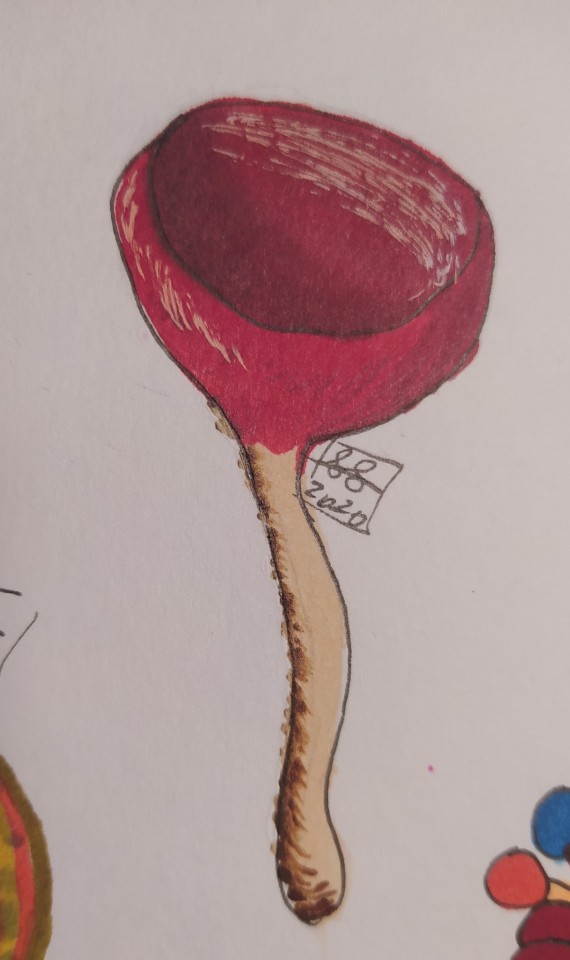


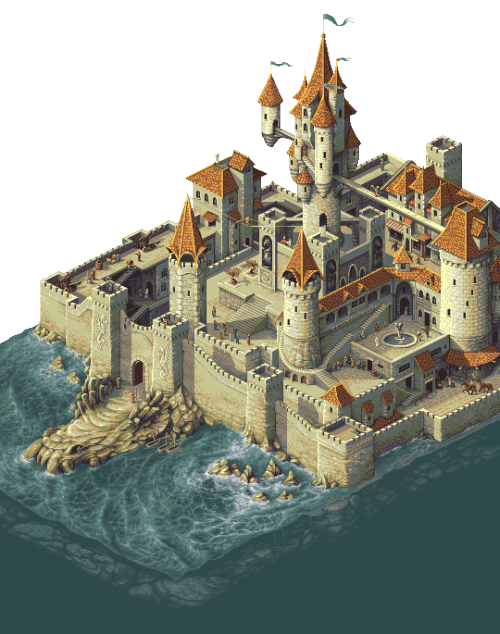
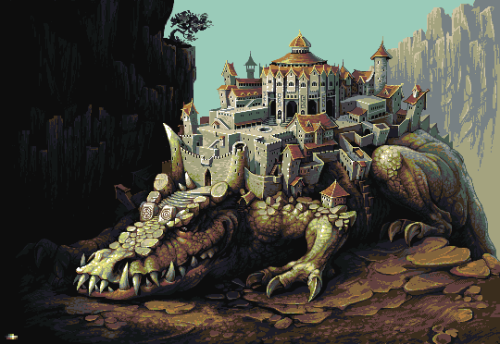
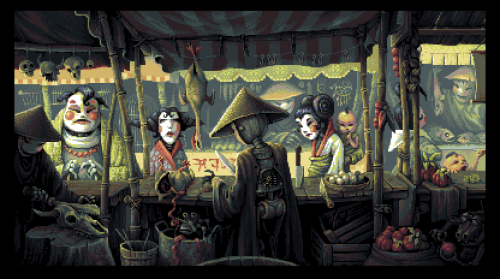
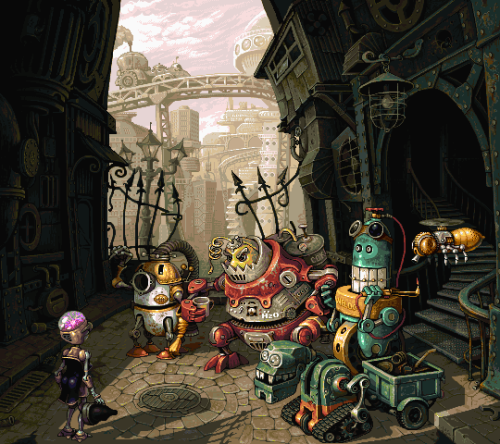
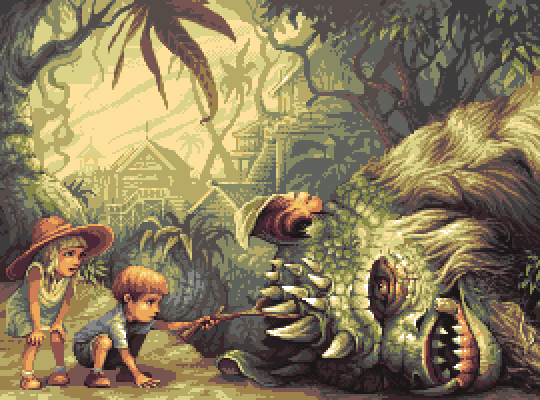
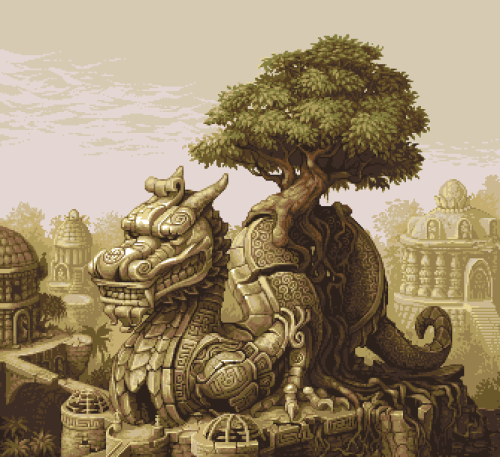

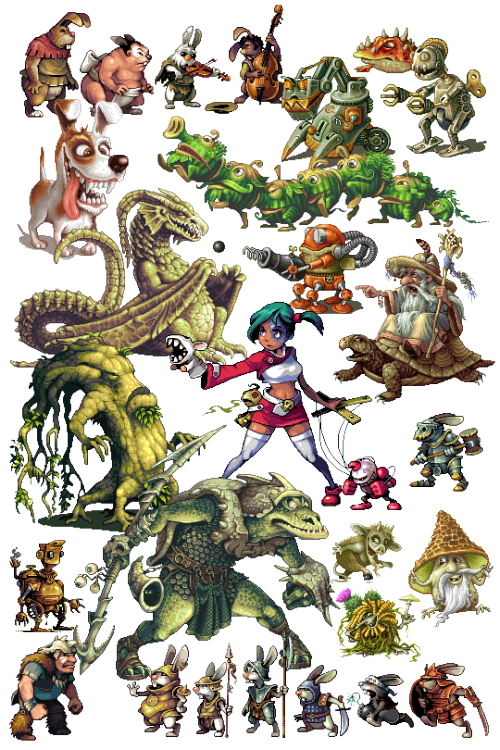
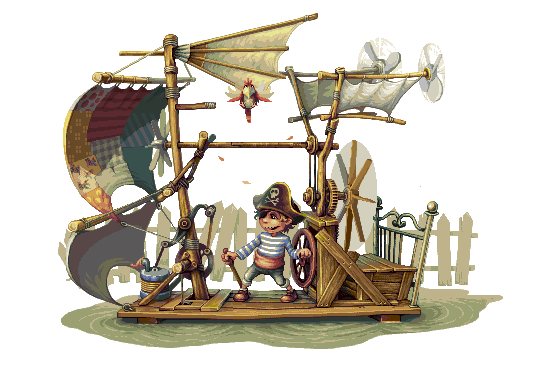
Yuriy Gusev a.k.a. Fool
PixelJoint // DeviantArt // Twitter
Previous Artist Feature: 1041uuu
Sometimes I just want to hug @aaami and scream how powerful and motivating art work he does.

Hello, fellow teldryn simps. I made this for an unknown reason but i felt the urge in the back of my skull to make Teldryn Sero dakimakura.




Tuning into some interesting frequencies...
I loveeee spinning the idea of them travelling together and getting that fucked up horse around in my brain :-)
-
 xstrawberrydaze liked this · 1 month ago
xstrawberrydaze liked this · 1 month ago -
 noisycroissantcashjudge liked this · 1 month ago
noisycroissantcashjudge liked this · 1 month ago -
 spooks-but-spooky liked this · 2 months ago
spooks-but-spooky liked this · 2 months ago -
 shaggythegreatandhungry liked this · 2 months ago
shaggythegreatandhungry liked this · 2 months ago -
 sleepyorchid reblogged this · 2 months ago
sleepyorchid reblogged this · 2 months ago -
 hallodude585 liked this · 2 months ago
hallodude585 liked this · 2 months ago -
 churgins liked this · 2 months ago
churgins liked this · 2 months ago -
 kareomi-chi liked this · 3 months ago
kareomi-chi liked this · 3 months ago -
 remarkablebookbean reblogged this · 3 months ago
remarkablebookbean reblogged this · 3 months ago -
 fandoms-you-never-knew-existed reblogged this · 3 months ago
fandoms-you-never-knew-existed reblogged this · 3 months ago -
 fandoms-you-never-knew-existed liked this · 3 months ago
fandoms-you-never-knew-existed liked this · 3 months ago -
 nostalgiathriving reblogged this · 3 months ago
nostalgiathriving reblogged this · 3 months ago -
 krowberries reblogged this · 4 months ago
krowberries reblogged this · 4 months ago -
 saberkid2011 liked this · 5 months ago
saberkid2011 liked this · 5 months ago -
 hellfireclubpres liked this · 5 months ago
hellfireclubpres liked this · 5 months ago -
 dxmb-luv liked this · 5 months ago
dxmb-luv liked this · 5 months ago -
 parcelpigeon liked this · 5 months ago
parcelpigeon liked this · 5 months ago -
 lestat-sucks liked this · 5 months ago
lestat-sucks liked this · 5 months ago -
 hennygiggles liked this · 5 months ago
hennygiggles liked this · 5 months ago -
 sassy-walruss liked this · 5 months ago
sassy-walruss liked this · 5 months ago -
 purple-tv liked this · 5 months ago
purple-tv liked this · 5 months ago -
 khimeraesque liked this · 6 months ago
khimeraesque liked this · 6 months ago -
 w1zward liked this · 6 months ago
w1zward liked this · 6 months ago -
 findher-ogg liked this · 6 months ago
findher-ogg liked this · 6 months ago -
 violets-wanderlust liked this · 7 months ago
violets-wanderlust liked this · 7 months ago -
 mostsanelawyerfan liked this · 7 months ago
mostsanelawyerfan liked this · 7 months ago -
 princesscattiewoowoo liked this · 7 months ago
princesscattiewoowoo liked this · 7 months ago -
 silkwxtch liked this · 8 months ago
silkwxtch liked this · 8 months ago -
 foreverspookymood liked this · 8 months ago
foreverspookymood liked this · 8 months ago -
 amatres liked this · 8 months ago
amatres liked this · 8 months ago -
 thehorseofadifferentcolour liked this · 8 months ago
thehorseofadifferentcolour liked this · 8 months ago -
 colonelbadtouch reblogged this · 8 months ago
colonelbadtouch reblogged this · 8 months ago -
 chipmunk-in-lemonaid liked this · 8 months ago
chipmunk-in-lemonaid liked this · 8 months ago -
 cockblockasaurus liked this · 8 months ago
cockblockasaurus liked this · 8 months ago -
 dustyforgotten liked this · 8 months ago
dustyforgotten liked this · 8 months ago -
 socialrejectbitches liked this · 8 months ago
socialrejectbitches liked this · 8 months ago -
 asynchronouscommunication reblogged this · 8 months ago
asynchronouscommunication reblogged this · 8 months ago -
 asynchronouscommunication liked this · 8 months ago
asynchronouscommunication liked this · 8 months ago -
 stick-zac liked this · 8 months ago
stick-zac liked this · 8 months ago -
 beastiesandsundries liked this · 9 months ago
beastiesandsundries liked this · 9 months ago -
 foxydash1911 liked this · 9 months ago
foxydash1911 liked this · 9 months ago -
 nyctonick reblogged this · 9 months ago
nyctonick reblogged this · 9 months ago -
 nyctonick liked this · 9 months ago
nyctonick liked this · 9 months ago -
 king-moxxie liked this · 9 months ago
king-moxxie liked this · 9 months ago -
 cryptic-statue reblogged this · 9 months ago
cryptic-statue reblogged this · 9 months ago -
 mardotmov liked this · 9 months ago
mardotmov liked this · 9 months ago -
 lookingforanamern liked this · 9 months ago
lookingforanamern liked this · 9 months ago -
 lady-spacesis reblogged this · 9 months ago
lady-spacesis reblogged this · 9 months ago

She/Her, He/Him|18 btw|Bi, Genderfluid |Eng/Rus|ADHD shitposting|artist|tesfan|fallout| you are totally safe here.
276 posts

